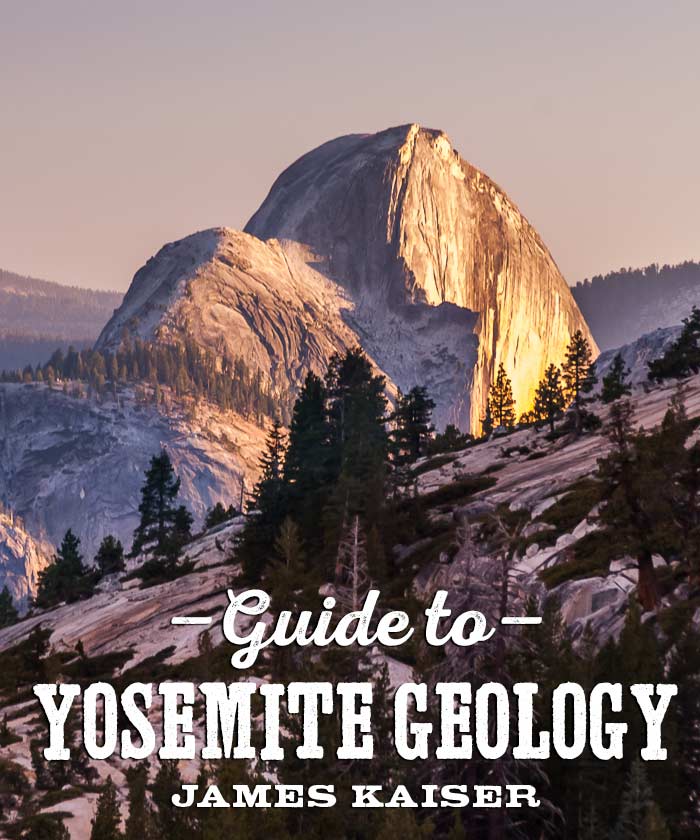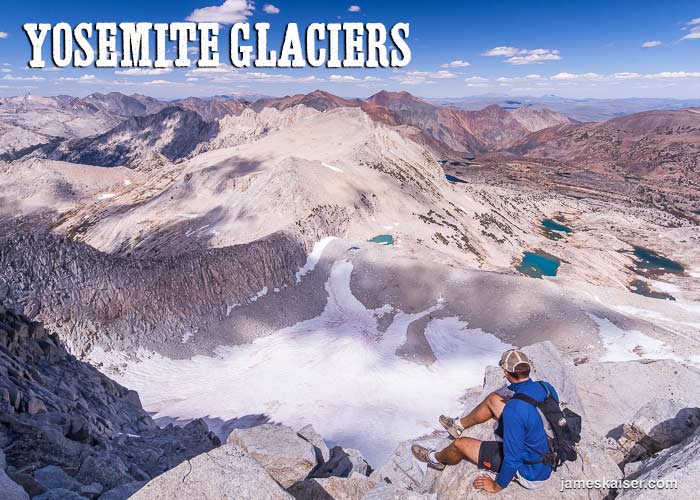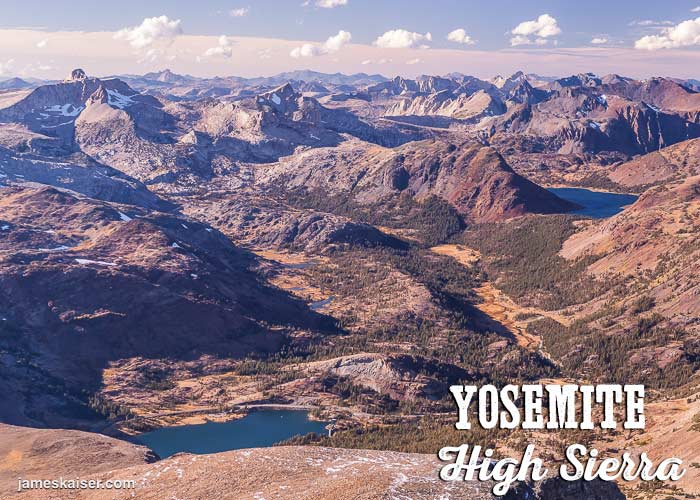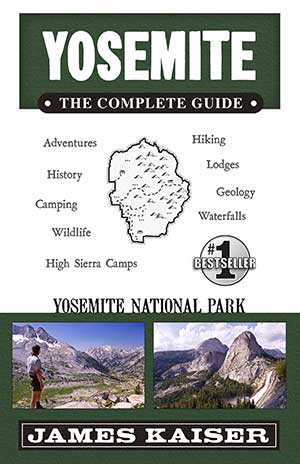
Yosemite is a dazzling landscape that captivates everyone who sets foot in the park. Stretching from the western foothills to the jagged 13,000-foot peaks on the Sierra’s crest, Yosemite encompasses some of the most dramatic alpine scenery in America.
Even if you know nothing about geology, Yosemite is still an impressive sight. But take the time to learn about the forces that created it, and you’ll look upon the park with a fresh set of eyes. What was once amazing will become astounding. What once took your breath away will make your head spin.
On a human timescale, Yosemite seems peaceful and serene. On a geological timescale, however, it is violent and exciting.

Yosemite Ice Age Geology
The last glaciers to sweep through the park melted 10,000 years ago. In geological terms, 10,000 years is the blink of an eye. If the age of the Earth (4.5 billion years) was represented by a 24-hour clock, the past 10,000 years would only represent a fraction of the final second before midnight.
The glaciers sculpted graceful valleys, gouged out sheer cliffs, and polished the granite to a shine. They also bulldozed soil and vegetation out of the mountains, scraping the surface clean and creating a frozen landscape nearly devoid of life.
The most recent glacial advance started around 50,000 years ago, but at least three distinct periods of glacial advance—and possibly 10 or more—have swept over the Sierra Nevada since the Ice Age began roughly 2.4 million years ago.
Each glaciation added a new layer of depth and complexity to Yosemite’s landscape, leaving behind thousands of dazzling new features. Today few places in the world offer so many textbook-perfect examples of glacial geology.
Prior to the Ice Age, tectonic forces had thrust up a massive, 400-mile long block of granite that created the Sierra Nevada. As the mountains rose up, ancient rivers raced down their slopes, carving out deep valleys that, in places, exceed the Grand Canyon in depth.
By the time the Ice Age set in, the Sierra Nevada was already a fascinating landscape. Glaciers, it turns out, were simply the icing on an already remarkable cake.

Ancient Rocks
Yosemite’s story began roughly 500 million years ago when North America lay near the equator and California lay under a warm tropical sea. As rivers flowed into the sea from North America, they flushed massive amounts of sediment offshore.
Over time, as the layers of sediment grew thousands of feet thick, the bottom-most layers were compressed into sedimentary rocks. Then, as tectonic plates shifted and North America rotated and moved north—a process that took hundreds of millions of years—the sedimentary rocks were pushed up to form the ancient surface of California.
Around 210 million years ago, North America collided with a vast tectonic plate called the Farallon Plate, which lay under the ocean to the west.
As the North American Plate overrode the Farallon Plate — a process geologists call subduction — the Farallon Plate was pushed several miles beneath North America, where extreme heat and pressure melted its leading edge. Vast pools of magma rose up under California, some of which reached the surface to form volcanoes. But most of the magma simply cooled into granite several miles below ground.
For the next 130 million years, as subduction of the Farallon Plate continued, enormous quantities of magma rose up under California in giant plumes called plutons. The plutons arrived in a series of pulses that lasted between 10 and 15 million years.
By about 80 million years ago, the combined plutons formed a giant, underground mass of granite called a batholith (from the Greek words bathos, “deep,” and lithos, “rock”). Throughout the formation of the Sierra Nevada Batholith, intense temperatures and pressures cooked the overlying sedimentary rocks, altering their chemical composition. Over time the sedimentary rocks were transformed into …
Continued in Yosemite: The Complete Guide

